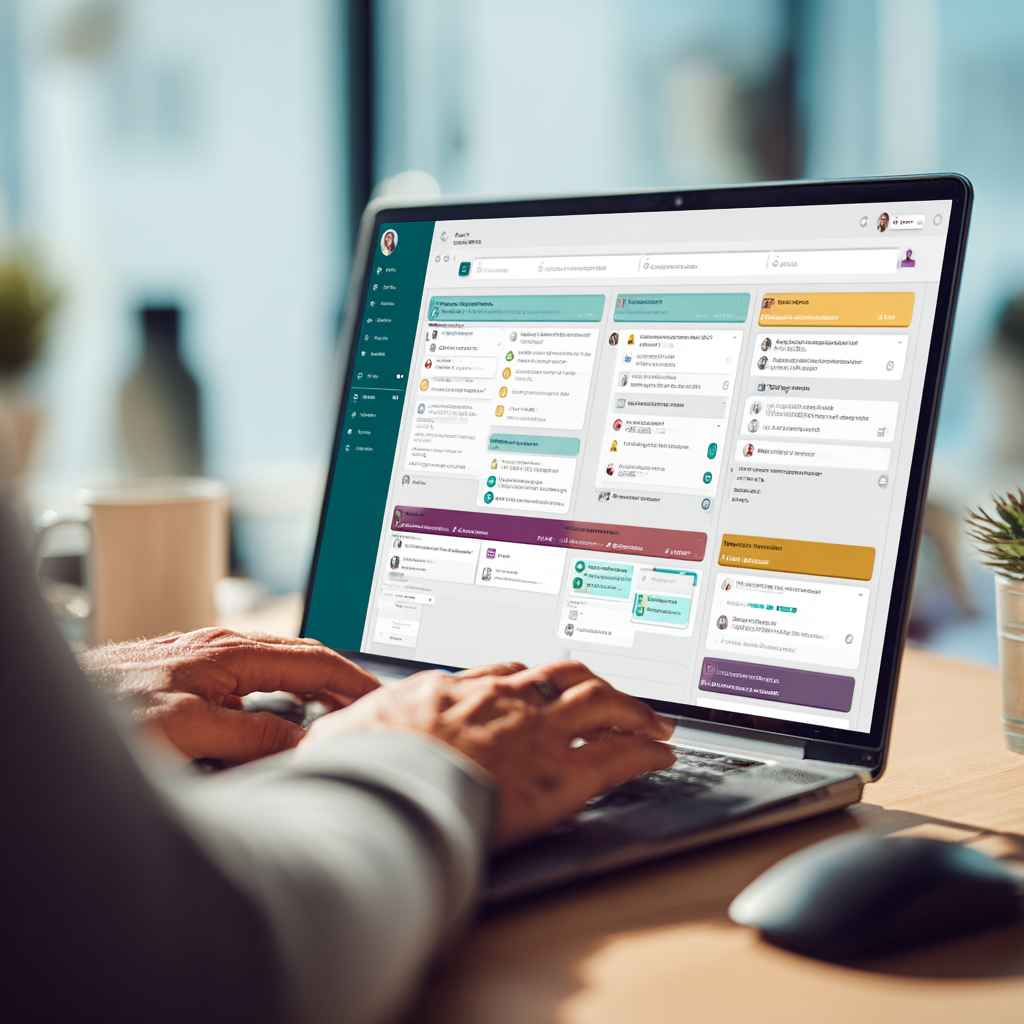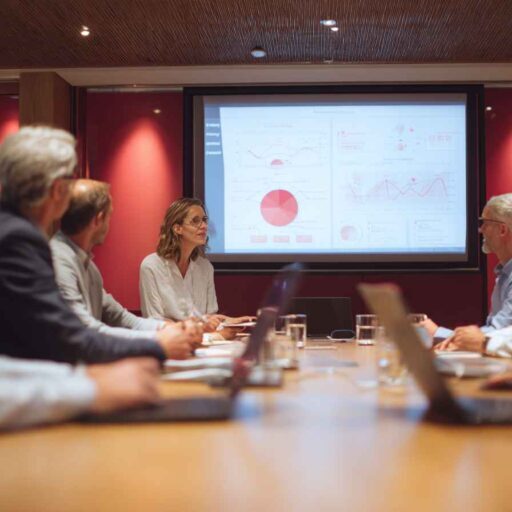Content
As an HR manager, your role goes beyond screening resumes and conducting interviews—you’re essentially shaping the organization’s workforce. Every hire impacts productivity, team culture, and the company’s ability to meet business goals. This is why tools like the work readiness skills test are becoming indispensable.
Traditional hiring often emphasizes technical qualifications or educational background, but those don’t always predict whether someone will succeed in the workplace. Work readiness tests fill that gap by evaluating whether a candidate can adapt, communicate, problem-solve, and manage responsibilities in real-world conditions.
For HR managers, these assessments are a safeguard against costly mis-hires. They provide clarity when interviews are inconclusive and add objectivity when multiple candidates seem equally qualified on paper. More importantly, they align hiring with organizational needs: instead of guessing who might succeed, you measure who is ready to perform from day one.
What Is a Work Readiness Skills Test?

A work readiness skills test is an assessment that measures whether a candidate has the baseline competencies required to thrive in a workplace setting. Unlike a job knowledge test, which measures technical knowledge of a specific role, work readiness tests focus on the transferable skills that support success across roles and industries.
Think of them as a bridge between raw potential and job-specific knowledge. For example, a candidate applying for an administrative role may pass a Data Entry Test that confirms accuracy and speed—but if they lack time management and communication skills, they’ll still struggle.
Core Characteristics of Work Readiness Skills Tests:
- Broad Application – Suitable for entry-level hires, career changers, and even experienced professionals transitioning into new industries.
- Scenario-Based – Often includes real-world problems or simulations, such as managing deadlines or resolving workplace conflicts.
- Predictive Value – Strong scores indicate not only technical ability but also the adaptability and professionalism required for long-term success.
In short, these assessments don’t just ask, “Can you do the job?” They ask, “Can you function effectively in the workplace?”
Why Work Readiness Tests Matter for HR Managers
For HR managers, these tests are more than just a hiring tool—they’re a way to protect teams, culture, and budgets. Here’s why they’re so important:
- Reduce Mis-Hires
A candidate might pass a technical Excel Test, but if they lack adaptability or communication skills, they’ll struggle to fit in. Work readiness tests prevent these mismatches. - Faster Onboarding
Candidates who already possess essential workplace skills adapt quickly. HR can reduce the time and cost of onboarding by ensuring hires are prepared from the start. - Consistency Across Roles
Not every job requires deep technical knowledge, but every job requires collaboration, professionalism, and reliability. Work readiness assessments make sure these baseline skills are present in every hire. - Data-Driven Decisions
They provide HR with objective insights rather than relying solely on subjective impressions from interviews.
👉 Curious about where they fit compared to other tools? Check out Work Skills Assessment Tests: Measuring the Skills That Matter.
Skills Typically Measured in a Work Readiness Skills Test
Work readiness isn’t about mastering one specific tool or software—it’s about possessing a mix of soft skills and applied abilities that allow employees to contribute productively.
Here are some of the key skills these tests measure:
- Communication Skills
Candidates are evaluated on their ability to articulate ideas clearly in writing and speech. This might involve drafting an email, explaining a process, or role-playing a customer interaction. Strong communication prevents costly misinterpretations and promotes smoother teamwork. - Problem-Solving & Critical Thinking
Assessments may present workplace scenarios (e.g., handling conflicting priorities) and ask candidates to choose or explain the best course of action. This skill is vital for roles where unexpected challenges are part of daily life. - Adaptability & Learning Agility
In a fast-changing workplace, adaptability is non-negotiable. Tests often measure how well candidates adjust when processes or tools shift, highlighting their readiness for environments where flexibility is key. - Time Management & Organization
Candidates may be tasked with prioritizing tasks in a simulated workday. Those who demonstrate clear prioritization and timely execution show they can meet deadlines without micromanagement. - Teamwork & Collaboration
Even highly skilled individuals can fail if they cannot collaborate. These tests may include exercises that assess conflict resolution, group problem-solving, or the ability to share credit and responsibility. - Digital Literacy
As more companies embrace digital-first operations, even non-technical employees need confidence with software, file sharing, and online communication platforms. Assessments ensure candidates won’t waste time struggling with basic tech tools.
By measuring these areas, HR managers gain a holistic view of candidates—going beyond what’s listed on a resume.
How HR Managers Can Use Work Readiness Skills Tests Effectively

It’s one thing to have access to work readiness assessments—it’s another to use them strategically. HR managers can maximize their impact by following these best practices:
- Align Tests With Role Expectations
Begin with a job analysis. Identify the top competencies needed for success and ensure the test measures those. For instance, if adaptability is more critical than written communication, weight that skill accordingly. - Combine With Other Assessments
A work readiness skills test is powerful but shouldn’t stand alone. Use it alongside role-specific tools like the Excel Test or Typing Test to measure both general workplace readiness and technical ability. - Integrate Early in the Hiring Funnel
Screen candidates for readiness before investing time in multiple interview rounds. This way, only the most prepared candidates move forward, saving resources and improving efficiency. - Validate Against High Performers
Compare test results with the performance of your top employees. If your best people consistently score well, you know the test is predictive and reliable. This validation builds confidence in your hiring decisions. - Respect Candidate Experience
Keep tests concise (15–30 minutes). Long, draining assessments can discourage top candidates. The goal is to evaluate readiness without creating unnecessary hurdles. - Use Results Beyond Hiring
Scores can also inform onboarding and training. For example, if a new hire shows strong adaptability but weaker communication skills, HR can tailor early development efforts to close that gap.
By weaving work readiness assessments into structured hiring processes, HR managers reduce bias, improve accuracy, and build teams that not only have the skills but also the resilience and professionalism needed to thrive.
👉 For budgeting guidance, see our resource on the Cost of a Job Knowledge Test for HR and How to Budget for It.
Related Pages
- Job Knowledge Test Examples Employers Can Use
- Pros and Cons of Using a Job Knowledge Test in Your Hiring Process
- How to Validate a Job Knowledge Test for Better Hiring Decisions
FAQ
Q1. What’s the difference between a job knowledge test and a work readiness skills test?
A job knowledge test measures technical ability for a role, while a work readiness skills test evaluates broader workplace competencies like adaptability and communication.
Q2. Can work readiness tests replace interviews?
No. They complement interviews by providing objective data. Interviews still reveal personality, motivation, and cultural fit.
Q3. Are work readiness tests suitable for entry-level hires?
Absolutely. They’re especially helpful for entry-level roles, where candidates may lack job-specific knowledge but need to demonstrate baseline workplace readiness.
Q4. How long should a work readiness test take?
Ideally between 15–30 minutes. Long tests risk turning strong candidates away.
Final Thoughts
The work readiness skills test is one of the most powerful tools HR managers can add to their hiring process. It ensures that beyond technical knowledge, candidates are truly prepared to thrive in a workplace setting. By combining them with role-specific assessments like the Excel Test, Data Entry Test, Computer Literacy Test, Typing Test, Writing Skills Test, and MS Word Test, HR managers can build hiring strategies that are both fair and effective.
👉 Explore all of our Skills Assessment Tests or book a free demo today to see how these assessments can strengthen your hiring process.

